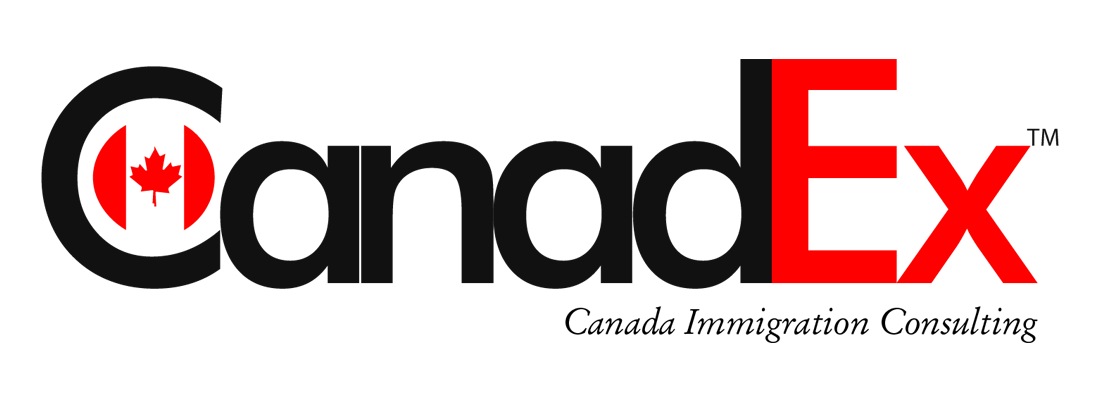If you’re an applicant who has received an Invitation to Apply (ITA) for permanent residence in Canada, you’re one step closer to achieving your immigration goals. However, receiving an ITA does not automatically guarantee acceptance as a permanent resident.
What is an Invitation to Apply (ITA)?
An Invitation to Apply (ITA) is a document issued by Immigration, Refugee, and Citizenship Canada (IRCC) that invites eligible applicants to apply for permanent residence in Canada. ITAs are typically issued to applicants who have been selected from the Express Entry pool, which is a system used to manage applications for skilled immigration programs, including the Federal Skilled Worker Program, the Federal Skilled Trades Program, and the Canada Experience Class.
What to Do After Receiving an ITA
After receiving an ITA, you’ll have 60 days to submit a complete application for permanent residence. Here are the steps you should take during this period:
- Check Language Test Results
If you’ve been invited to apply for permanent residence, you’ll need to provide language test results that demonstrate your proficiency in either English or French. It’s important to make sure that your language test results will still be valid on the day you submit your application. Language test results are typically valid for two years, so if your results are close to expiring, you may need to take the test again or submit your application before the results expire.
2. Obtain a Police Certificate
All applicants for permanent residence must obtain a police certificate for themselves and any family members over the age of 18. You’ll need to provide a police certificate from each country where you’ve lived for more than six months while over the age of 18. Police certificates can take a long time to process, so it’s important to start the process as soon as possible.
3. Check Program Requirements
After receiving an ITA, you’ll need to confirm that you meet the requirements for the skilled immigration program you’re applying to. This may include requirements related to education, work experience, language proficiency, and other factors.
4. Update Personal Information
If your personal situation has changed since receiving an ITA, you’ll need to recalculate your Comprehensive Ranking System (CRS) score using the online tool provided by IRCC. If your new score is lower than the minimum score selected in the same draw, it’s recommended that you decline the ITA. If you apply for permanent residence and it’s discovered that your score is no longer high enough, your application will be refused and the application fee will not be refunded.
5. Submit a Complete Application
Once you’ve completed the above steps, you’ll need to submit a complete application for permanent residence within 60 days of receiving the ITA. This includes all required forms, documents, and fees.
Consequences of False Information
If you’re found to have provided false information in your Express Entry profile, your application will be refused and you may be subject to further punishment, such as being deemed inadmissible to Canada or being barred from entering Canada for five years.
Declining an ITA
In some cases, you may be better off declining your ITA. This may be the case if you’re no longer eligible for the Express Entry system or if you’ve received a better ITA from a different program. If you decline your ITA, you’ll be placed back in the pool of candidates as long as you’re still eligible for the Express Entry system.
Conclusion
Receiving an Invitation to Apply (ITA) for permanent residence in Canada is an exciting milestone, but it’s important to understand what it means and what steps you need to take to complete your application. By following the steps outlined in this article and providing complete and accurate information, you can increase your chances of success and make your immigration dreams a reality.
Interested in Immigrating to Canada?
